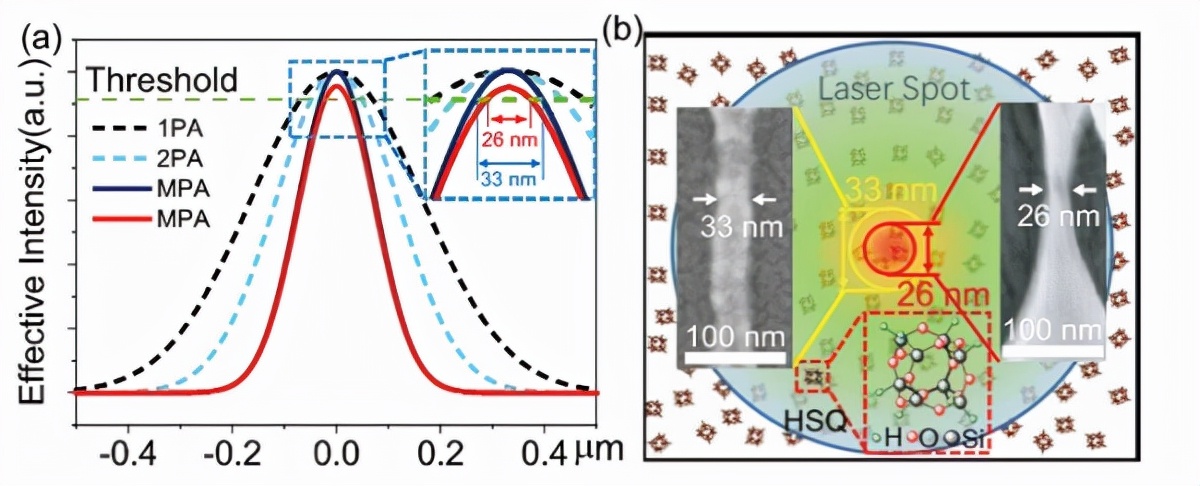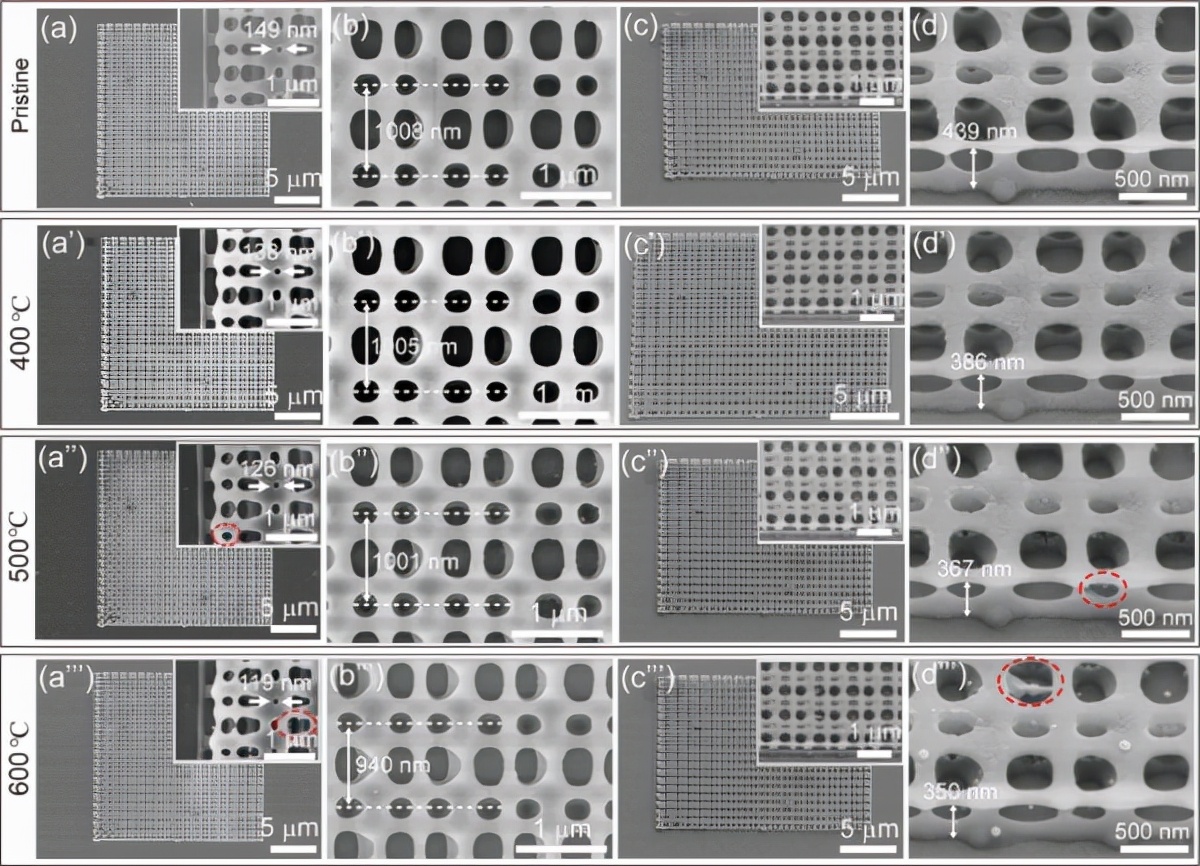AssassinsMace
Lieutenant General
After Fukushima, Europe decided to turn away from nuclear power plants and for some reason they expected China to follow suit yet the West expects China to reduce its carbon footprint which turning away from nuclear power generation won't do. So how do they expect China to achieve a zero carbon footprint? Oh yes China has to end all industrial activity eliminating China as a competitor to the West. How convenient. Now is Europe thinking about keeping their nuclear power plants running longer since they've lost a major source of where they get natural gas? And they wanted China to stop using nuclear power just because that's what they're doing.
Notice how everything China puts a lot of effort into is interpreted by the West as China is trying to dominate the world in that field? Even with Made in China 2025 where China seeks to end dependency on the West it's interpreted as China trying to dominate the world. Western countries are seeking to end foreign dependency and that's seen as a national security issue therefore their right. But not China's right. Look at rare earths. Most rare earths can be found everywhere. China doesn't monopolize access to it. The West is just a bunch of cheap bastards where they're not willing to pay the costs associated in producing concentrated rare earth elements on the own. Their dilemma of being dependent on China is their own fault. China is not preventing them from getting rare earth ores nor is preventing them from processing and refining it themselves. So like nuclear power plants, what are they suggesting China do to make them at ease? Of course the only way to make them feel comfortable is China has to surrender to the West where they're in control where they get to decide who gets China's production of rare earths. It's not like it was before that everyone had a equal share of the pie. It was the US and the West dominating all these areas and they conveniently saw no problem with that. Now dominating is wrong when the West isn't the one doing the dominating.
It's just like Trump blaming China when he outsources to China to buy his furnishings for the buildings he constructs and produce his signature products. He says he would be buying American if it weren't for China offering less expensive alternatives. No, he can still buy American. He's just a greedy SOB trying save as much money for himself. Just because there's a less expensive alternative, it doesn't mean he has to buy it. He made the choice, not China. Just like there's nothing preventing the US from producing rare earths themselves except their own greed because everything the US does cost more money to do. China has nothing to do with it. But those lame excuses work in the US because Americans are taught to spurn anything that makes it look it the US's own fault so blaming foreigners is the next best option.




